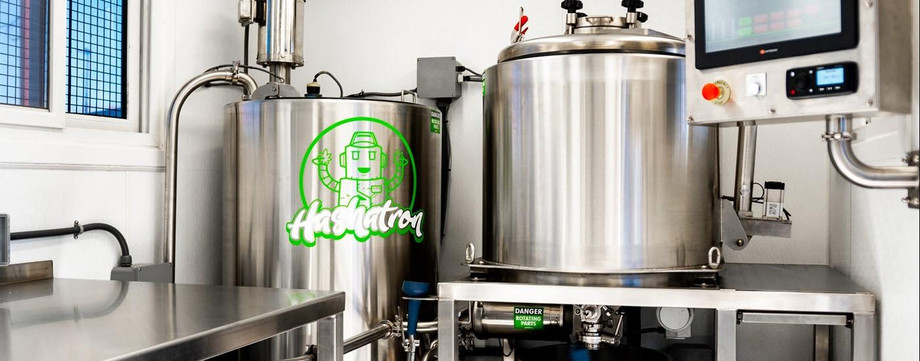In the pharmaceutical industry, the preservation of medicinal compounds is paramount. One of the key technologies that enable this preservation is the pharmaceutical freeze dryer, an essential piece of equipment for pharmaceutical manufacturers. This remarkable machine has the capacity to freeze and remove moisture from pharmaceutical products, extending their shelf life and maintaining the potency of vital drugs and vaccines. In this article, we will explore the technology, applications, and benefits of the pharmaceutical freeze dryer in the world of pharmaceuticals.
Understanding the Pharmaceutical Freeze Dryer:
A pharmaceutical freeze dryer, also known as a lyophilizer, is a specialized piece of equipment designed for the freeze-drying process. This process involves freezing a product, reducing the pressure in the drying chamber, and then using controlled heating to remove the frozen water or solvent. What remains is a dry, solid product with an extended shelf life and preserved biochemical properties.
Applications of Pharmaceutical Freeze Dryers:
Drug Manufacturing: Freeze drying is commonly used in the pharmaceutical industry to produce various medications, including antibiotics, vaccines, and biopharmaceuticals. It helps stabilize these products, allowing them to be stored for longer periods without degradation.
Reconstitution: Some pharmaceuticals are freeze-dried to enhance their reconstitution properties. This is particularly important for injectable drugs that need to be reconstituted with a diluent before administration.
Stabilization of Labile Compounds: Labile compounds, which are sensitive to heat and moisture, benefit greatly from freeze drying. This technique helps preserve the potency and efficacy of these substances.
Vaccine Production: Vaccines often undergo freeze drying to maintain their stability, making them easier to transport and store, especially in areas with limited access to refrigeration.
Key Components and Steps in the Freeze-Drying Process:
Freezing: The product is initially frozen at very low temperatures to solidify its water content. This step is crucial for creating the right conditions for drying.
Primary Drying (Sublimation): During this stage, the pressure is reduced, and heat is applied to encourage sublimation, which is the transition of the frozen water or solvent directly into vapor.
Secondary Drying (Desorption): In the secondary drying phase, residual moisture is removed from the product at slightly higher temperatures. This further reduces the risk of product degradation.
Packaging: Once the product is dry, it is typically sealed in airtight containers or vials to prevent reabsorption of moisture.
Benefits of Pharmaceutical Freeze Dryers:
Preservation of Medicinal Potency: Freeze drying is known for its ability to preserve the biological activity and potency of pharmaceuticals, making it an essential tool for drug manufacturers.
Extended Shelf Life: Freeze-dried products typically have a longer shelf life, which can be particularly beneficial for medications and vaccines that need to be stored for extended periods.
Reconstitution Convenience: Freeze-dried products often reconstitute more easily and quickly than their liquid counterparts, making them more convenient for healthcare providers and patients.
Stability in Storage and Transport: Freeze-dried pharmaceuticals can withstand a wide range of temperature fluctuations during storage and transport, reducing the risk of spoilage and waste.
Reduction of Solvent Use: Since freeze drying eliminates the need for heat during the drying process, it is an eco-friendly and energy-efficient method, reducing the use of solvents and conserving resources.
Challenges and Considerations:
Cost: Pharmaceutical freeze dryers can be a significant investment for pharmaceutical companies. However, the long-term benefits in terms of shelf life and potency preservation often justify the initial cost.
Process Optimization: Achieving the ideal freeze-drying process requires careful optimization of parameters like temperature, pressure, and drying times. This process can be time-consuming and requires skilled operators.
Product Specificity: Not all pharmaceutical products are suitable for freeze drying. Some may experience changes in physical properties or stability issues during the process.
Regulatory Compliance: Pharmaceutical freeze-drying processes must adhere to strict regulatory guidelines and quality standards to ensure the safety and efficacy of the final product.
For More Info:-
solventless extraction equipment




.png)

Comments